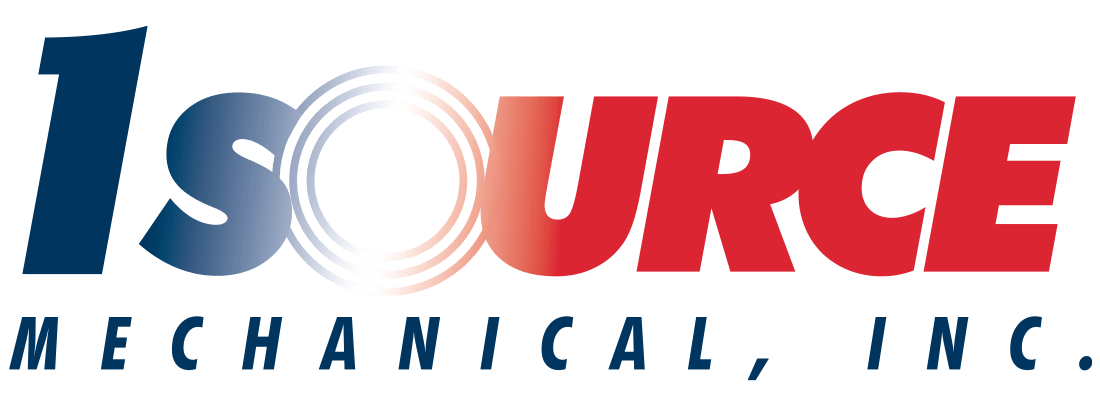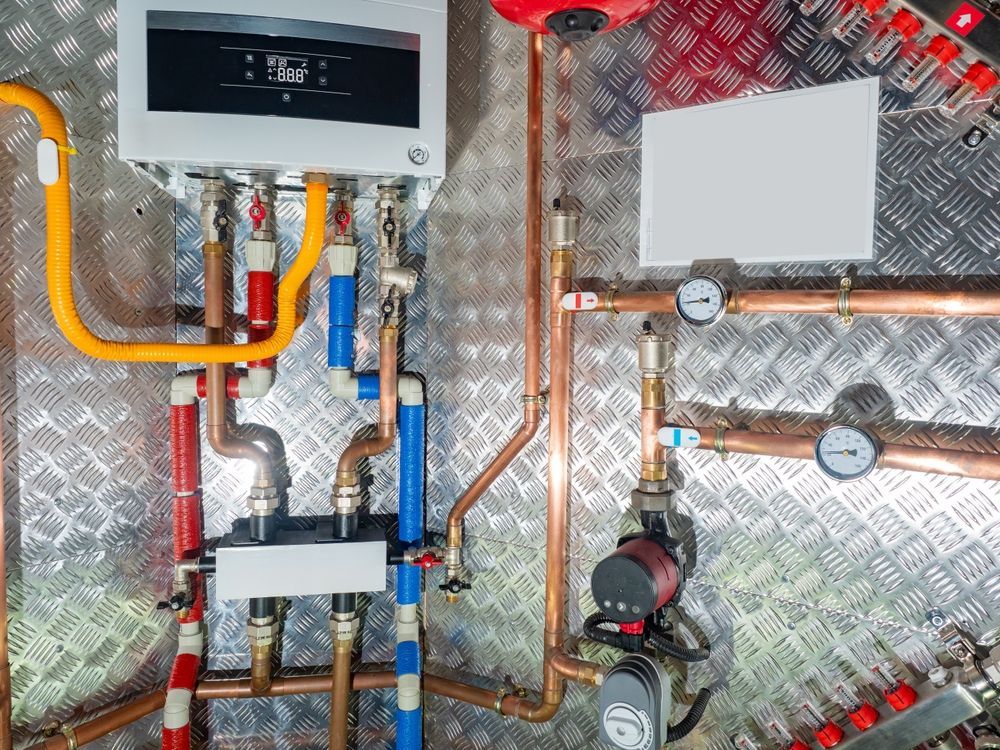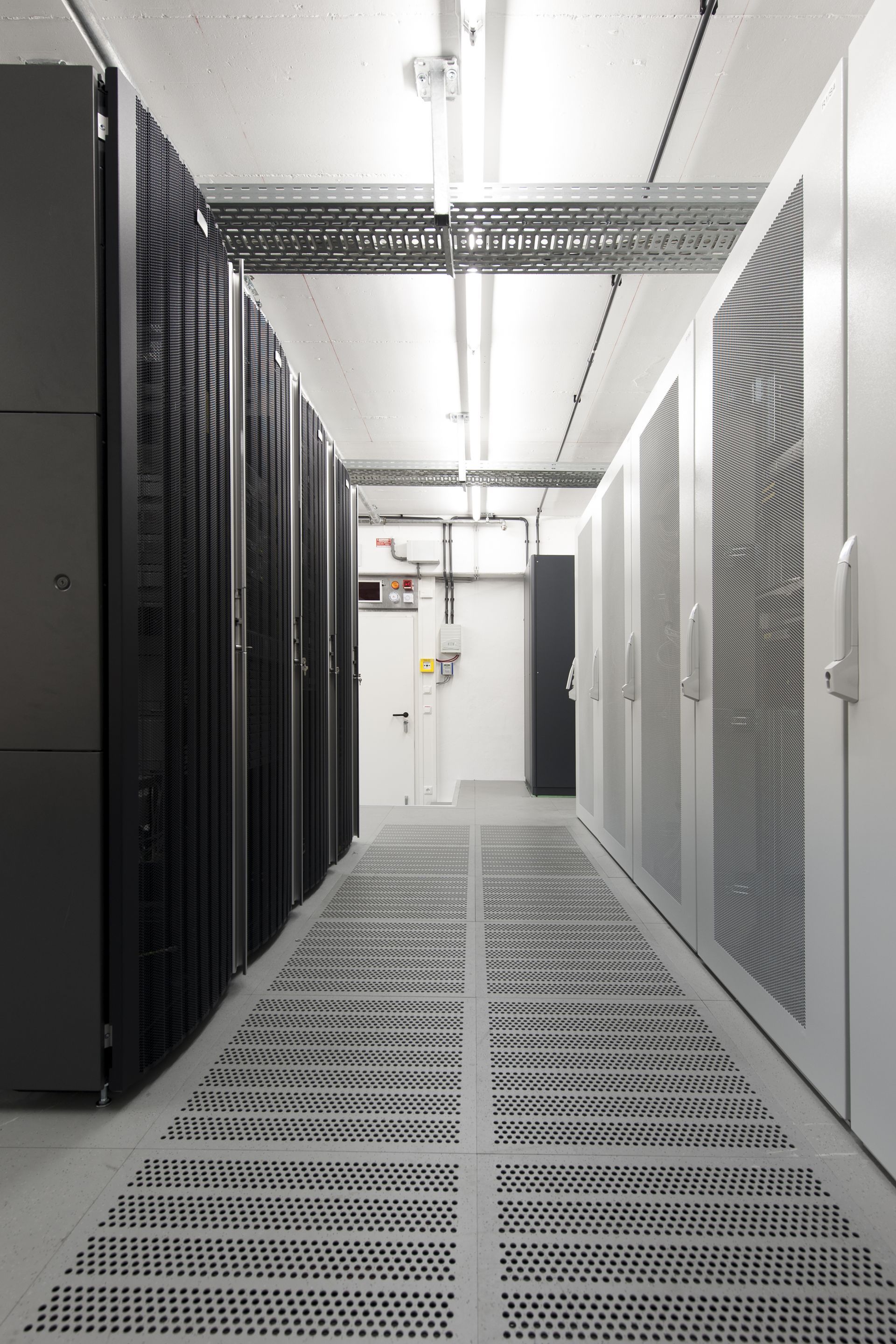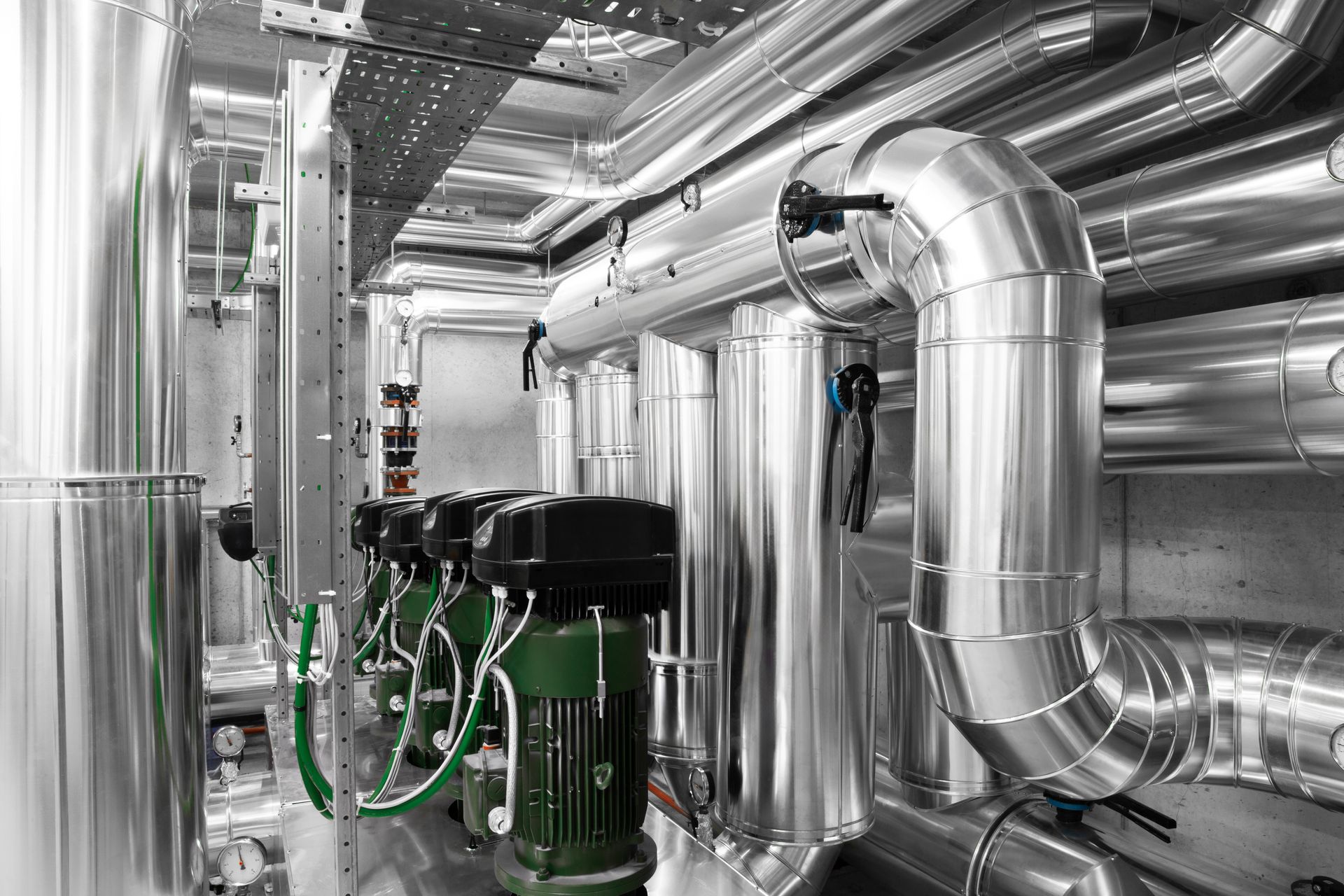The Main Components of a Commercial HVAC System
Suddenly, your HVAC system is making a noise or not performing correctly. Now you’re left wondering what’s wrong and if it can be fixed. The truth of the matter is that a commercial HVAC system has various components that make it run effectively.
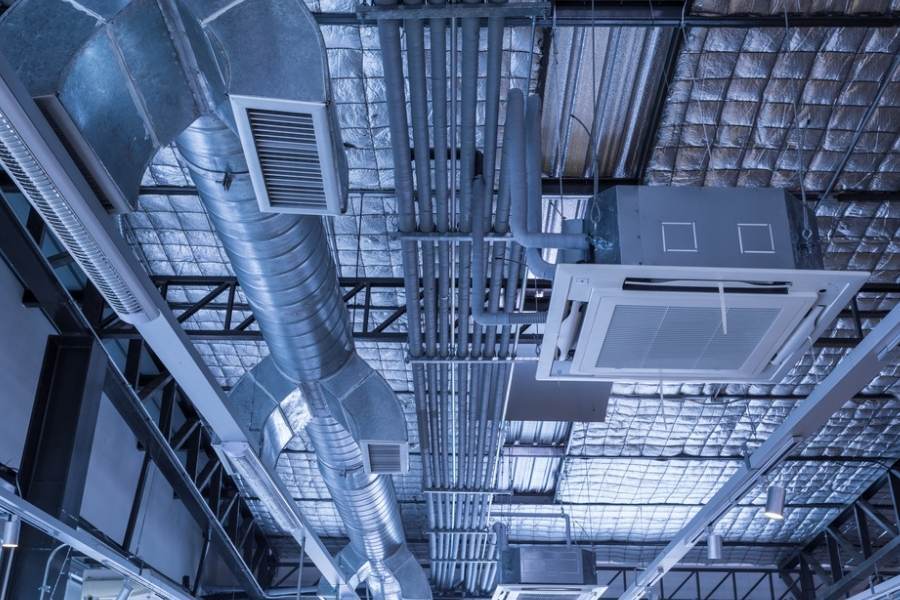
Each of these components works together to make sure the system performs as expected. If any of the parts break down, then the whole system could be not far behind. That’s why it’s important to know what components make up your commercial HVAC system and what they do to keep everything running. By having this knowledge, you can know if your HVAC system can be repaired—and, if so, what component needs replacing.
HVAC SYSTEM COMPONENTS
When your HVAC system begins to experience a mechanical issue, it can be difficult to fix or diagnose the issue if you do not know how the system runs. Your commercial HVAC system can need maintenance from time to time and understanding the role each piece of equipment plays is vital. The main components that make up an HVAC system are:
- Air Conditioner- In a commercial HVAC system, the air conditioner’s purpose is to dehumidify the air and remove heat. It works with many of the other components to regulate the temperature of a building.
- Thermostat- The thermostat is connected to the HVAC system through a special set of wires. Typically, the thermostat is in the central part of a building; however, some are equipped with multiple thermostats for different building areas.
- Blower Motors- The role of blower motors is to move warm air through the duct system before it enters the air handling vents. This allows warm air to be appropriately distributed throughout each room.
- Evaporator Coils- Evaporating coils help absorb heat. They are often located inside the air handler right below the blower fan. If there is a problem with your HVAC unit, there is a good chance it’s the evaporator coils causing the issue.
- Condenser- The condenser is the heat exchanger that serves as the hot side of the air conditioning unit. It removes heat from the building.
- Combustion chambers- The combustion chamber is essential to your furnace. Its purpose is to trap the appropriate amount of heat in the furnace. It turns fuel into energy and the byproduct is carbon monoxide.
It can be beneficial for you and your business to understand how these components work to keep your HVAC system up and running. When something goes wrong, you can now let your local HVAC repair company know what the issue with your system could be so that they can quickly get your system back up and running. A commercial HVAC system contains complex components, and most repairs are best left to a professional. If you experience an issue with your unit, it’s a good idea that you seek help from an experienced professional.
HVAC Repair Service 1 Source Mechanical
At 1 Source Mechanical, we excel in service for rooftop cooling units, commercial air conditioners, hot-water tanks and steam boilers, and air-to-air heat exchangers. We serve businesses with reliable HVAC repair services. Ask us about our maintenance agreements as well.
We believe an efficient commercial HVAC system is one you rarely have to think about – allow us to make sure yours runs like this!
To get in touch with our team of commercial HVAC specialists, give us a call at 815-517-0501 or complete our online contact form! We’ll get back to you promptly!
